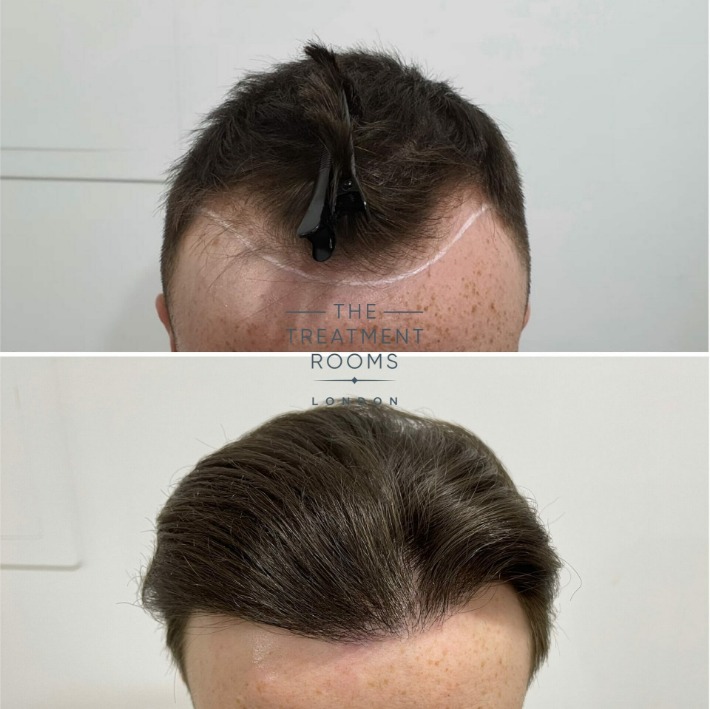Hair loss poses a significant concern for many individuals around the world. As a result, the demand for hair transplant procedures has risen dramatically. Innovations in medical science have brought about advanced techniques, making the process safer, more effective, and yielding natural-looking results.
The Evolution of Hair Transplant Procedures
Initially, hair transplant methods were rudimentary and often left noticeable scars. Today, modern technology offers refined techniques such as Follicular Unit Transplantation (FUT) and Follicular Unit Extraction (FUE), which have significantly shifted the landscape of hair restoration.
Follicular Unit Transplantation (FUT)
Follicular Unit Transplantation (FUT) involves removing a strip of hair-bearing skin from the back or sides of the scalp. This strip is then dissected into individual follicular units before being transplanted to the thinning or balding area. Although this method can leave a linear scar, it is often covered by the surrounding hair, and many people opt for this method due to its high yield.
Follicular Unit Extraction (FUE)
Follicular Unit Extraction (FUE) has emerged as a popular alternative to FUT. This method involves extracting individual hair follicles directly from the scalp and transplanting them into the balding areas. Because it doesn’t involve removing a strip of skin, FUE generally results in less noticeable scarring and offers a quicker recovery time.
Who is a Candidate for Hair Transplant?
Read more about dr grahame shaw here.
Ideal candidates for a hair transplant include those who have experienced significant hair loss due to genetic factors. Factors such as the extent of hair loss, the thickness of donor hair, and overall health play a crucial role in determining suitability for the procedure.
Benefits of Hair Transplant
The advantages of undergoing a hair transplant are numerous. They include:
- Permanent Results: Transplanted hair follicles are resistant to the hormone responsible for hair loss (DHT).
- Natural Appearance: Modern techniques ensure the transplanted hair blends seamlessly with existing hair.
- Boost in Confidence: Restoration of hair often leads to improved self-esteem and confidence.
Post-Procedure Care and Expectations
Following a hair transplant, it’s essential to follow your surgeon’s advice for a smooth recovery. Minor swelling, redness, and discomfort are common but typically subside within a few days. Full results may take several months to manifest as the transplanted hair needs time to grow and mature.
Future of Hair Transplant Technology
The future looks promising with advances in robotic surgery and regenerative medicine poised to enhance hair transplant procedures further. Emerging techniques such as stem cell therapy and Platelet-Rich Plasma (PRP) injections are being explored to improve outcomes and hasten recovery.
In conclusion, the science behind hair transplant procedures has made substantial progress, making them a viable solution for those grappling with hair loss. Leveraging modern techniques ensures effective, natural-looking results, providing both aesthetic and psychological benefits.



